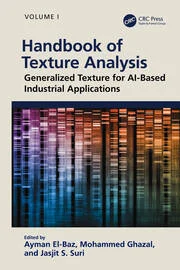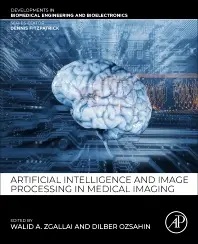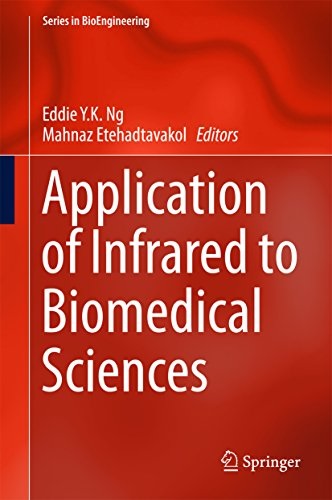
ABSTRACT
Texture analysis has an important role in the medical image processing fields. It can be widely utilized for the facilitation of tedious and error-prone tasks, such as segmentation and detection. Optical coherence tomography (OCT) is a new, non-invasive technology which facilitates the process of capturing photos from light-scattering organs like the retina. The retina is an important organ of the body, the dangerous diseases of which may threaten human vision. Also, the retina is a layered structure, with each of its layers having its own morphological properties. Evaluation of retinal health status is possible through accurate verification of OCT retinal images. Particularly, with the exact layer segmentation of OCT images, it is possible to extract the characteristics of the retina. In this chapter, texture in OCT retinal images is analyzed, and a mathematical model is developed for automatic layer segmentation. The results show that the proposed model has an acceptable performance in the process of layer segmentation.
Texture Modeling In OCT Images
------------------------------------------------------------

Description
Artificial Intelligence and Image Processing in Medical Imaging deals with the applications of processing medical images with a view of improving the quality of the data in order to facilitate better decision- making. The book covers the basics of medical imaging and the fundamentals of image processing. It explains spatial and frequency domain applications of image processing, introduces image compression techniques and their applications, and covers image segmentation techniques and their applications. The book includes object detection and classification applications and provides an overall background to statistical analysis in biomedical systems.The role of Machine Learning, including Neural Networks, Deep Learning, and the implications of the expansion of artificial intelligence is also covered. With contributions from prominent researchers worldwide, this book provides up-to-date and comprehensive coverage of AI applications in image processing where readers will find the latest information with clear examples.
Editors: Walid A. Zgallai, Dilber Uzun Ozsahin
CHAPTER 12 A-scan generation in spectral domain-optical coherence tomography devices: a survey
Vafaie Mohammad Hossein and Rabbani Hossein
-------------------------------------------------------------------------------------------------------

by: Zahra Amini, Raheleh Kafieh & Hossein Rabbani
Abstract:
The OCT imaging produces speckle noise due to multiple forward and backward scattered waves. The most important step of OCT preprocessing is noise reduction, which is helpful for more sophisticated processes like segmentation. Three OCT despeckling and enhancement methods are presented in this chapter, which are based on statistical modeling, data adaptive and non-data adaptive transform based models, respectively.
---------------------------------------------------------------------------------------------------

Application of Infrared to Biomedical Sciences (Series in Bioengineering) 1st ed. 2017 Edition, by Eddie YK Ng (Editor), Mahnaz Etehadtavakol (Editor)
The book covers the latest updates in the application of infrared to biomedical sciences, a non-invasive, contactless, safe and easy approach imaging of skin and tissue temperatures. Its diagnostic procedure allows practitioners to identify the locations of abnormal chemical and blood vessel activity such as angiogenesis in body tissue.
Its non-invasive approach works by applying the technology of the infrared camera and state-of-the-art software, where high-resolution digital infrared imaging technology benefits highly from enhanced image production, standardized image interpretation protocols, computerized comparison and storage, and sophisticated image enhancement and analysis.
The book contains contributions from global prominent scientists in the area of infrared applications in biomedical studies. The target audience includes academics, practitioners, clinicians and students working in the area of infrared imaging in biomedicine.

